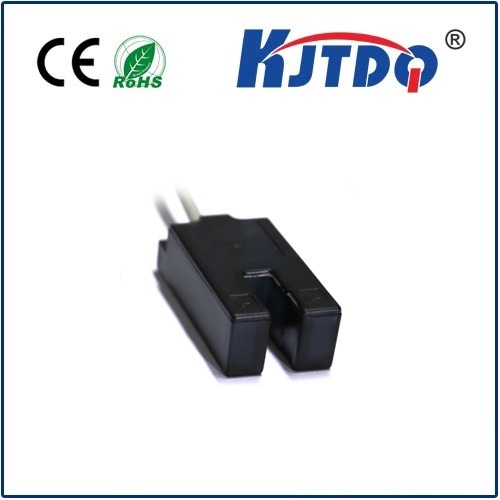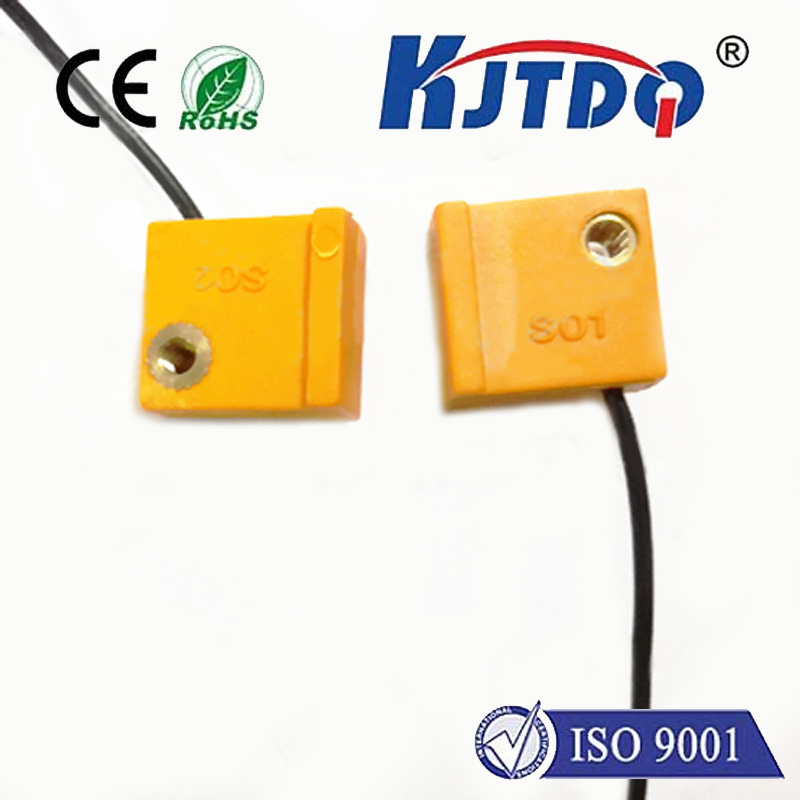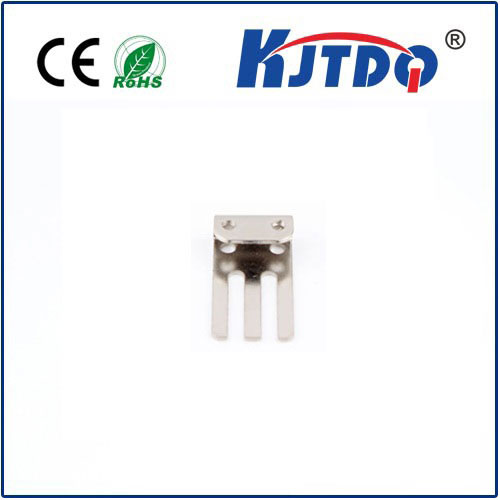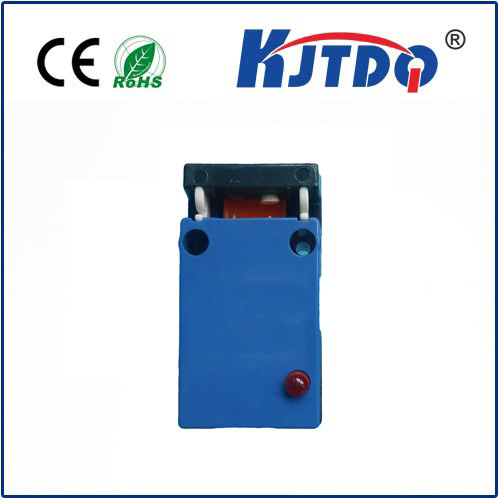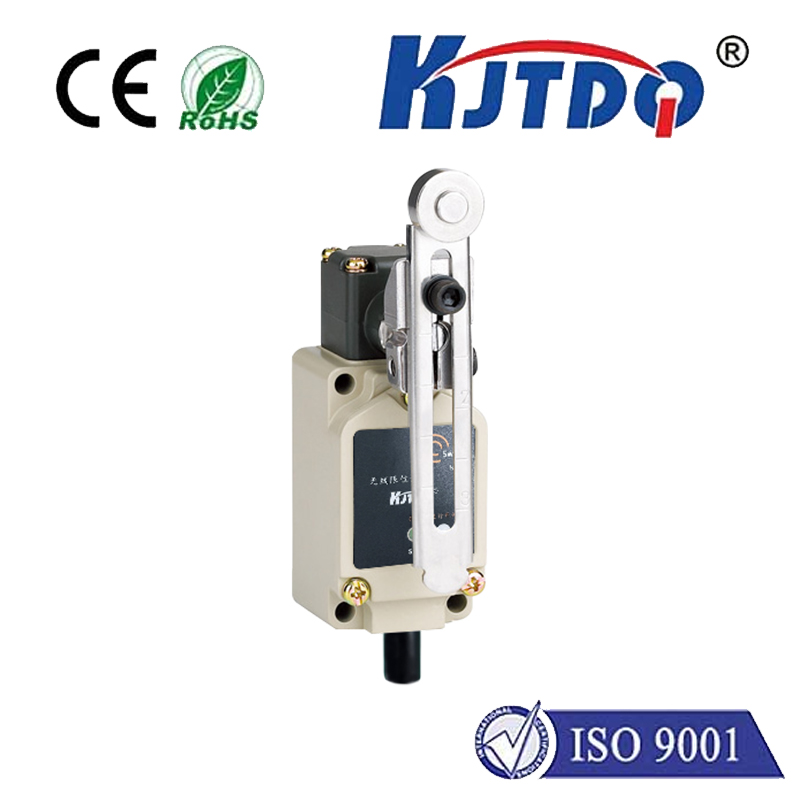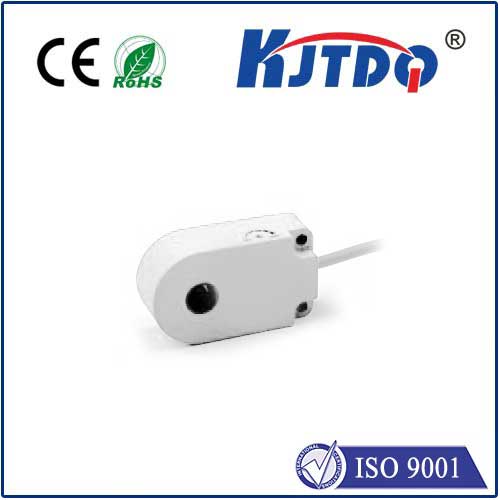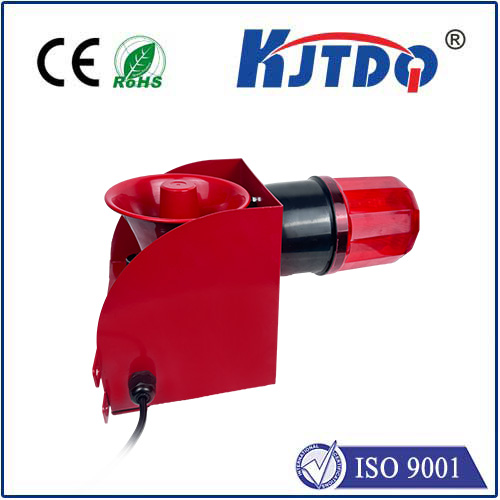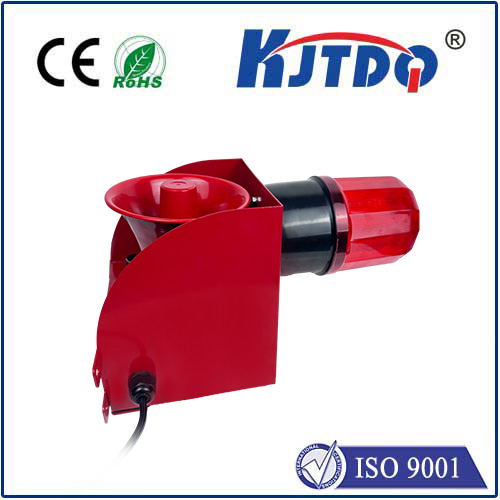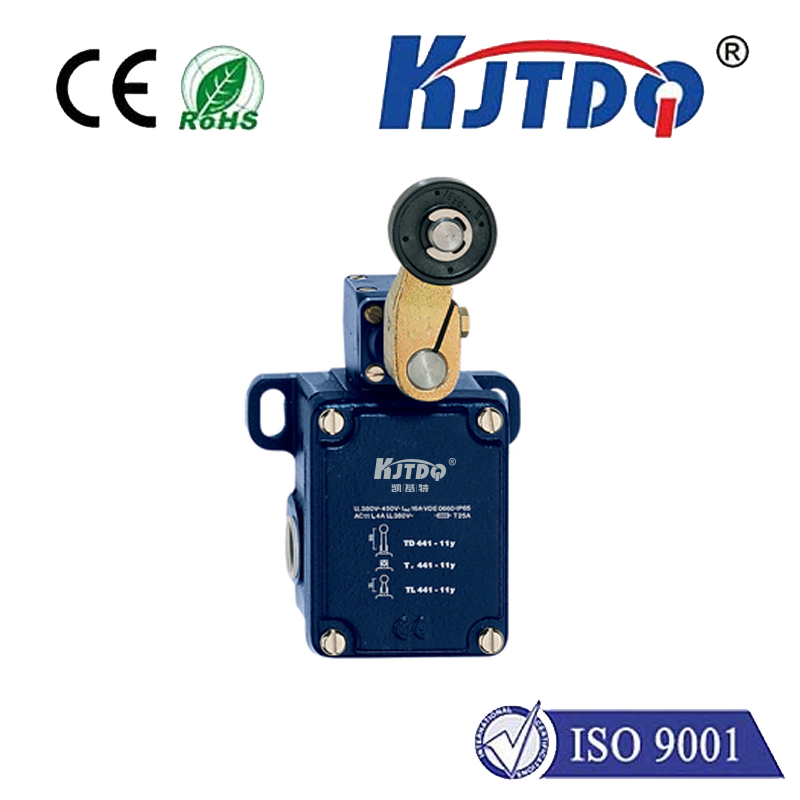
check

check

check

check
Title: Exploring the L160F Limit Switch: An Indispensable Part of Automation
In today's world, automation has become a cornerstone for many industries. From manufacturing to transportation, automation not only improves efficiency but also ensures safety and consistency in operations. A critical component in this automated landscape is the L160F Limit Switch. This device plays an integral role in managing and monitoring industrial processes, making it an indispensable part of many systems. In this article, we will delve into the significance, functionality, and applications of the L160F Limit Switch.
The Importance of Limit Switches
Limit switches serve as essential sensors that detect the position or presence of an object. They are fundamental in automation for controlling motion, setting limits for machinery movement, and preventing mechanical failures by acting as safeguards. The L160F Limit Switch stands out due to its reliability, precision, and robust design, making it suitable for various demanding environments.
Understanding the L160F Limit Switch

The L160F model is characterized by its compact size and ability to withstand harsh conditions. Its construction allows it to function accurately under high vibration, shock, and extreme temperatures, ensuring uninterrupted performance in settings like factory floors and industrial machinery zones. Furthermore, the L160F Limit Switch can be easily integrated into existing systems, offering flexibility in retrofitting and upgrading automation setups.
Applications of the L160F Limit Switch
The versatility of the L160F Limit Switch makes it applicable across a wide range of industries. In the realm of manufacturing, it controls conveyor systems, machine start/stop operations, and quality checks. For example, in assembly lines, limit switches signal when a product has reached a certain point, triggering the next phase of production. In the packaging industry, they ensure that machines do not overfill or underfill containers, maintaining product consistency and reducing waste.
Beyond manufacturing, the L160F Limit Switch is vital in crane operations where it monitors load positions to prevent accidents. It also finds use in elevator systems, indicating floor levels and ensuring safe stops. Additionally, in renewable energy sectors such as windmills, these switches regulate blade angles according to wind speeds, maximizing power generation efficiency.
Maintenance and Reliability
Despite the durability of the L160F Limit Switch, regular maintenance is crucial to extend its service life. Simple procedures such as cleaning contacts and checking for loose connections can prevent unexpected downtime. Proper care guarantees that the switch operates reliably, avoiding costly repairs or replacements that could disrupt productivity.
Future Implications
As technology advances, the L160F Limit Switch continues to adapt. Integrating with smart systems for data collection and analysis enhances predictive maintenance practices. With Internet of Things (IoT) capabilities, these switches can communicate with other devices, optimizing entire system performance from a single interface.
Conclusion
The L160F Limit Switch represents a testament to the power of specialized components within automated systems. Its precise operation, rugged build, and flexible application make it a staple in diverse industries. As automation evolves, so too will the role of the L160F Limit Switch, continuing to support safer, more efficient operations well into the future.
